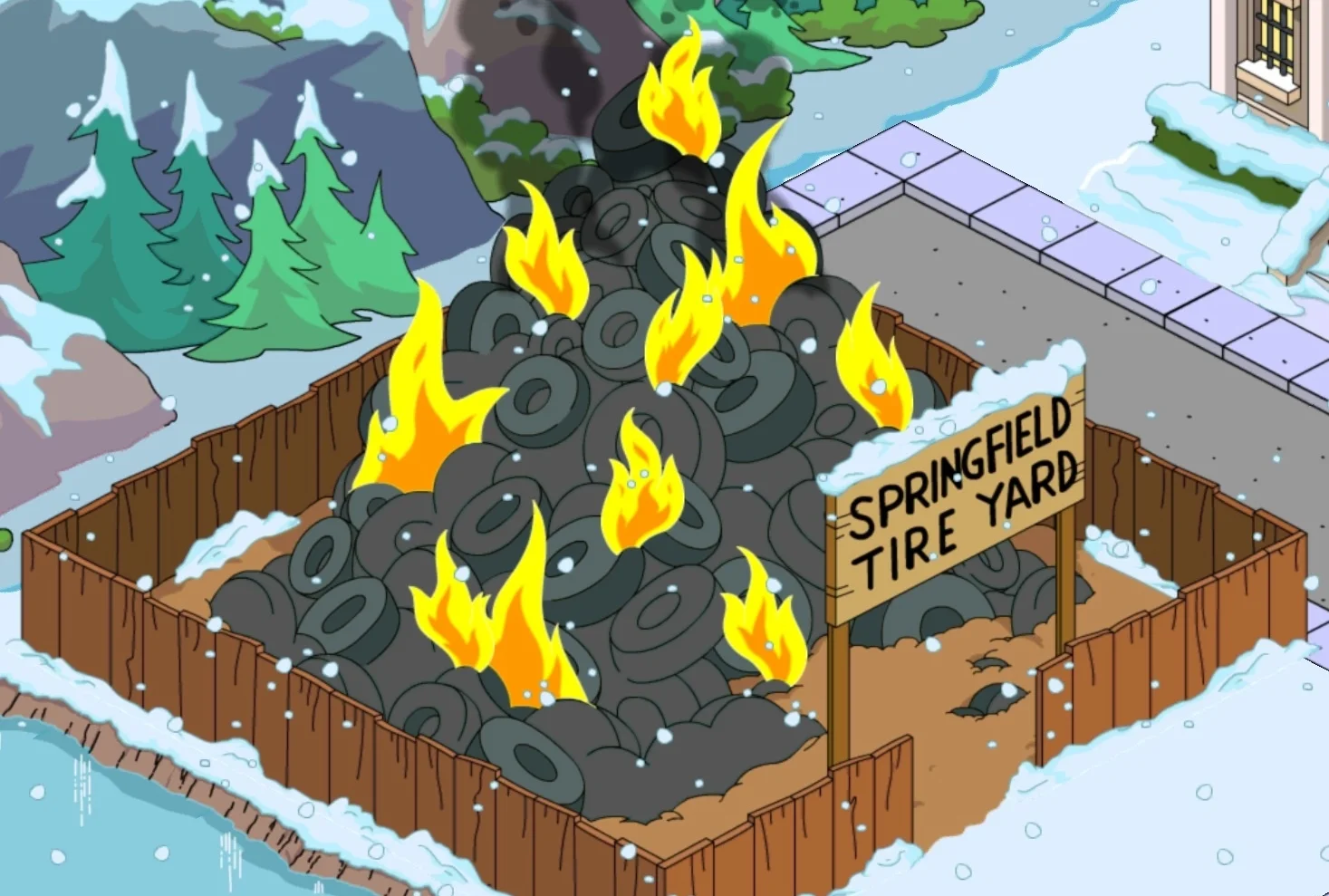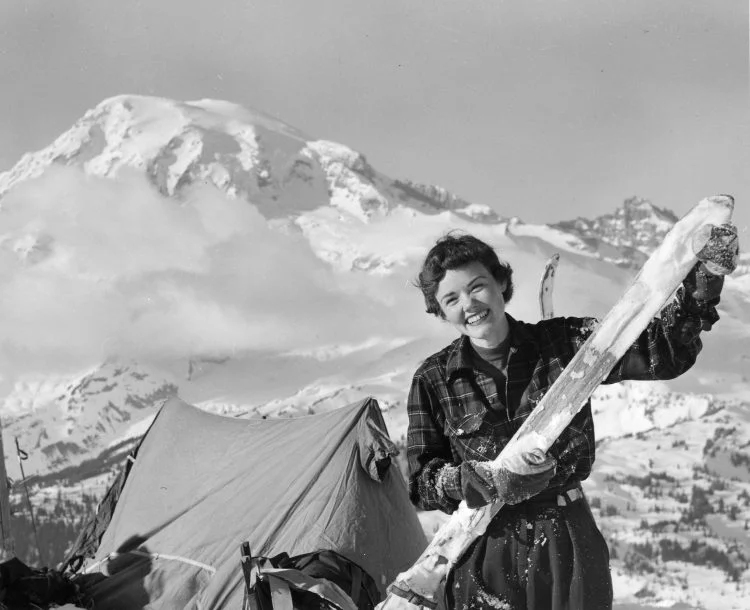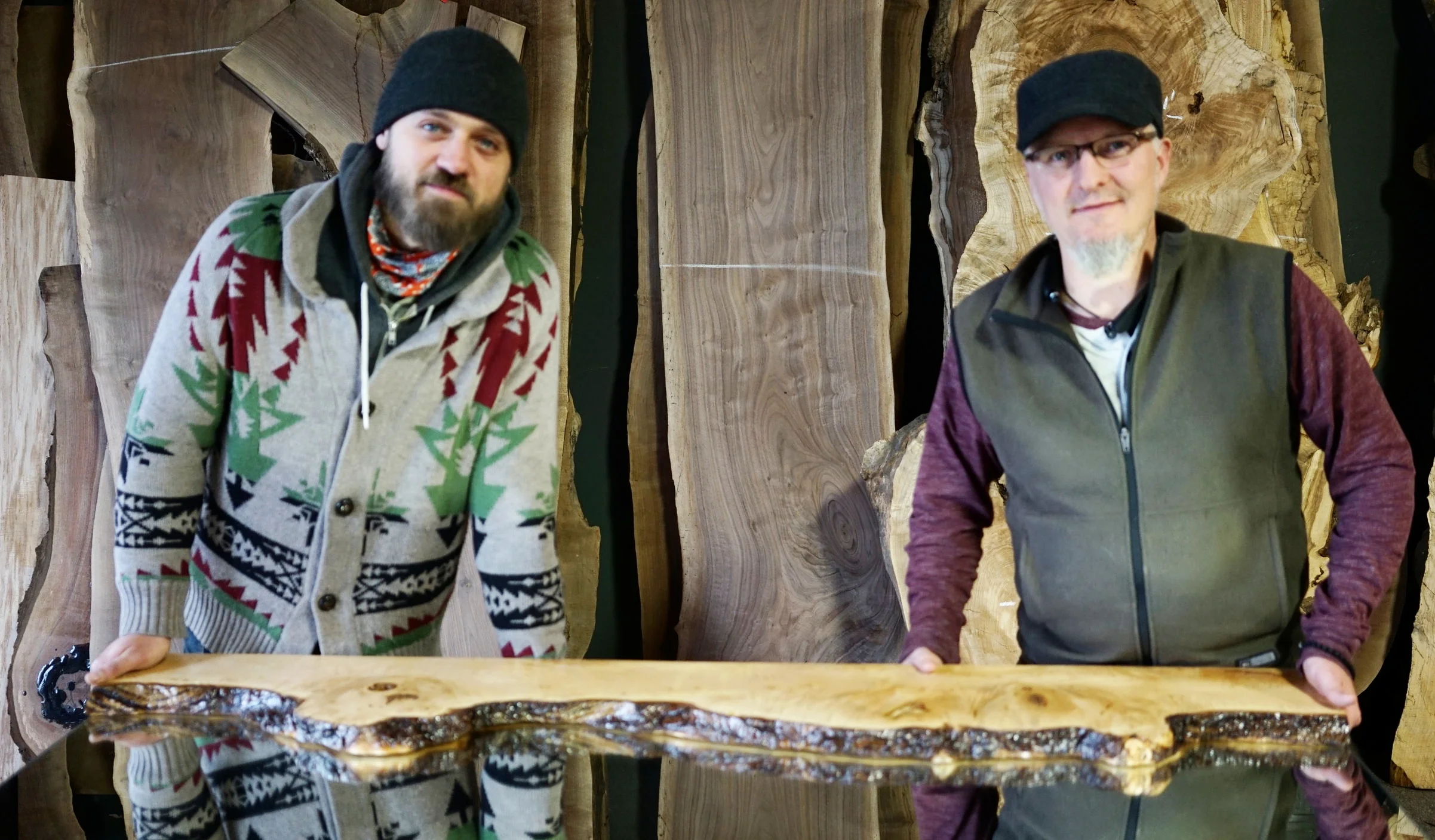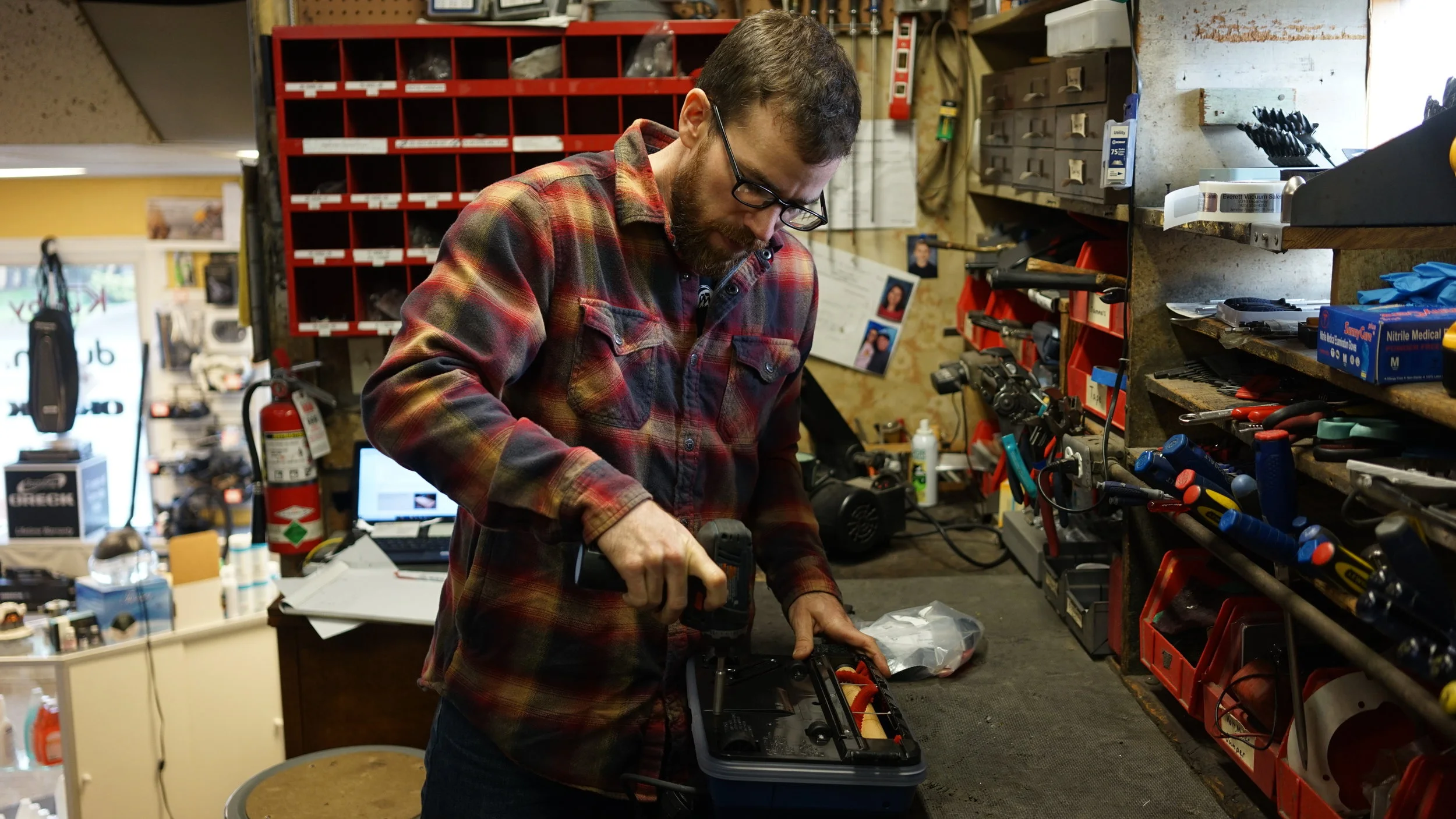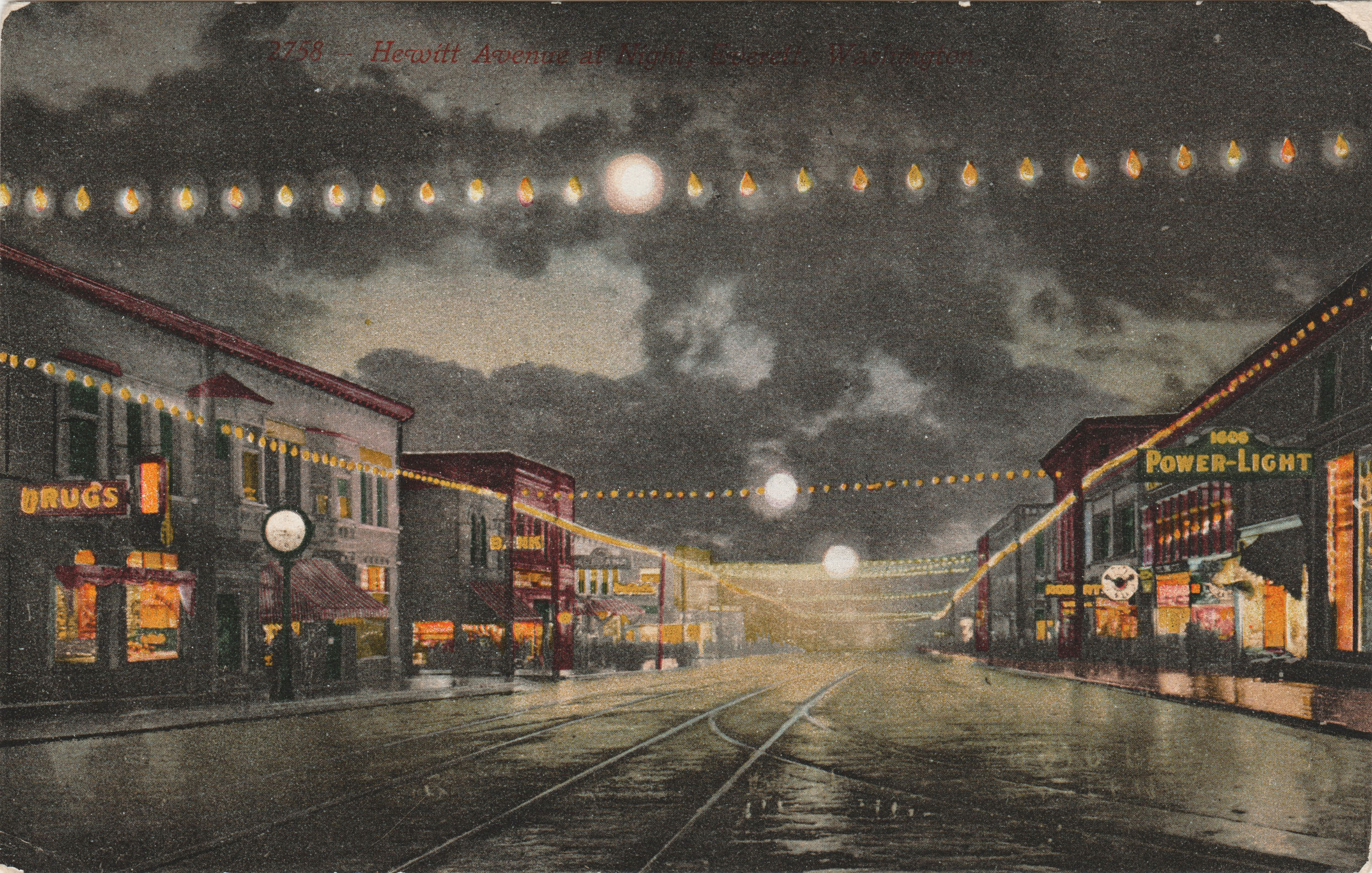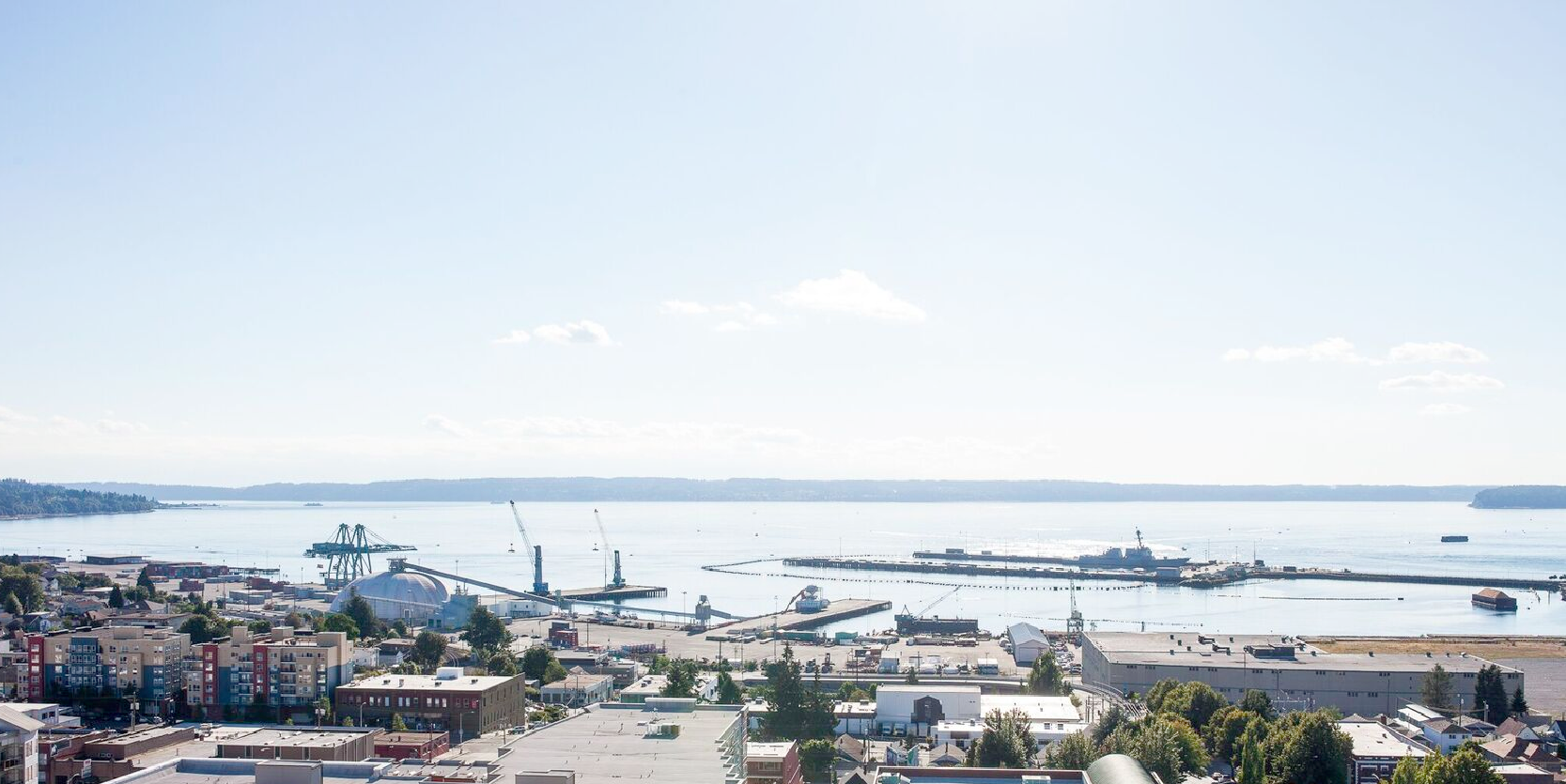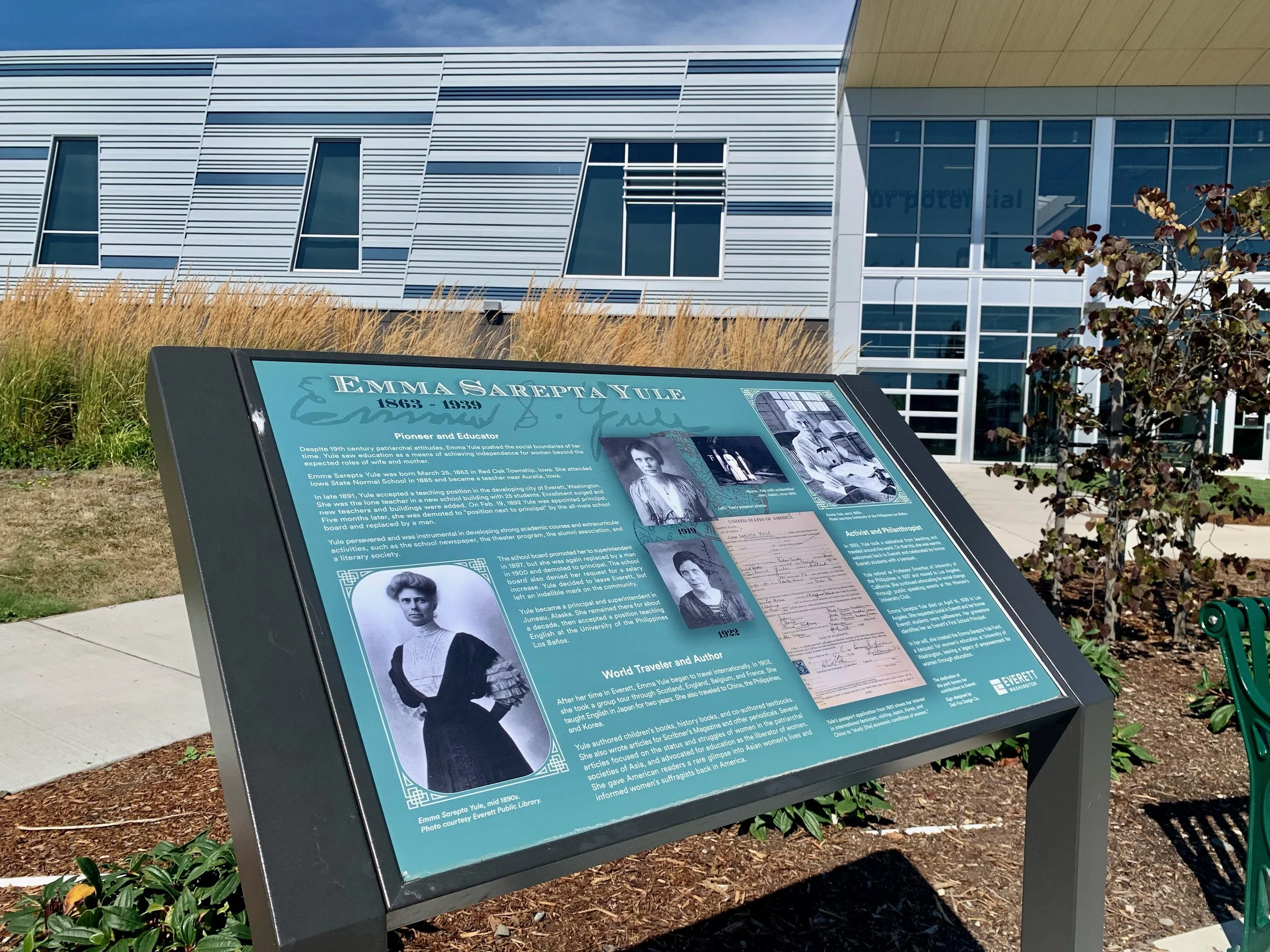We Built This City - Vol. 1, Residential Everett
Editor’s note: Originally published September 27, 2016. Republished July 30, 2020.
I moved to Everett because I was madly in love.
She was a 1904 craftsman style home in the Bayside neighborhood. Twelve-foot ceilings, lathe and plaster walls, lacquered cabinetry inlaid with frosted glass. Fir moulding as thick as my leg.
I "got" Everett residential architecture from the get-go. Houses here have guts. Many have been around for a hundred years and they look like they'll be around for a few centuries more, stolidly enduring maritime drizzle and looking classy.
I wondered how so many of these historic homes are available at reasonable prices in metropolitan PNW. How do Milltown’s wood and brick homes still exist while blocks of similar structures are being razed in Seattle to make room for steel and glass high-rises?
I wanted to know what was different about Everett's homes. How had local history shape the modern character of Everett's neighborhoods?
I talked to David Dilgard (1945-2018), a history specialist at the Northwest Room in the Everett Public Library, where he worked for forty years before his passing in 2018. We talked for two hours about area homes. During our conversation, a few themes emerged about what exactly makes Everett, Everett.

David Dilgard, resident historian at the Everett Public Library.
1. Quality Materials
Consider the standard North Everett residence: the wooden foursquare house in all of its variations. It's a practical style of home, a solid box with a low-pitched gabled roof, built with heavy durable lumber. Bays, large porches, dormer windows. Classic American craftsmanship.
Early Everett contractors worked to maximize the natural quality of local materials—and not just wood. Some standing buildings in Everett still have bricks made from glacial deposits dredged from the Snohomish River Delta.
“Builders built structures that were made to retain their integrity. These are the residences we enjoy today and that will still be here tomorrow.”
Young homebuyers looking for a quality older home at a decent price have a unique opportunity in Everett. A small investment of money and TLC can produce a large return on equity.

The Van Valey House, an elegant example of the Everett craftsman. Preserved and maintained by the city.
2. A Place for Everyone
A century ago, many shingle mill owners lived on the same streets as the lowliest of their employees, albeit in bigger houses. Everett was full of union workers and Wobblies. It was a progressive time in the labor movement.
Henry Ford believed that all of his employees should be able to own a Model T. The people of Everett seemed to have had a similar egalitarian ethos regarding home ownership: everyone could and should have a place of their own.

Building a house: more exciting than gym class. A home built by Everett High School Class of 1923.
This accounts for many of the charming, if modest, single-family homes on the north peninsula of the city—perfect starter homes for today's buyers looking to get into the market. You don't need to be house poor to pay a mortgage in Everett.
3. Preservation
Can’t get enough of tapered columns and exposed rafters? You’re in luck. It seems that our craftsman homes are here indefinitely. Preserving our buildings is a community value in Everett.

Interior of the Van Valey. Oak millwork, coffered ceilings, imported stained glass windows and distinctive furniture.
Every year the Office of Neighborhoods hands out Monte Cristo Awards for well-maintained residential properties. Homeowners can be nominated by their neighbors for a "Pride of the Neighborhood" award or a "Rejuvenation and Transformation" award. Winners receive a green plaque that they can put on their home to celebrate their status.
Historic Everett, a nonprofit, has self-guided neighborhood tours on their website and sometimes they offer walking excursions through historic homes.
Like a fine wine, with proper preservation Everett’s unique old world charm will only get better with time.
If you want a home to love there’s no shortage of attractive options waiting for you in Everett. Arched doorways, multipane windows, vintage wallpaper. Yowza.
Maybe you’ll fall in love like I did.

Richard Porter is a writer for Live in Everett.




